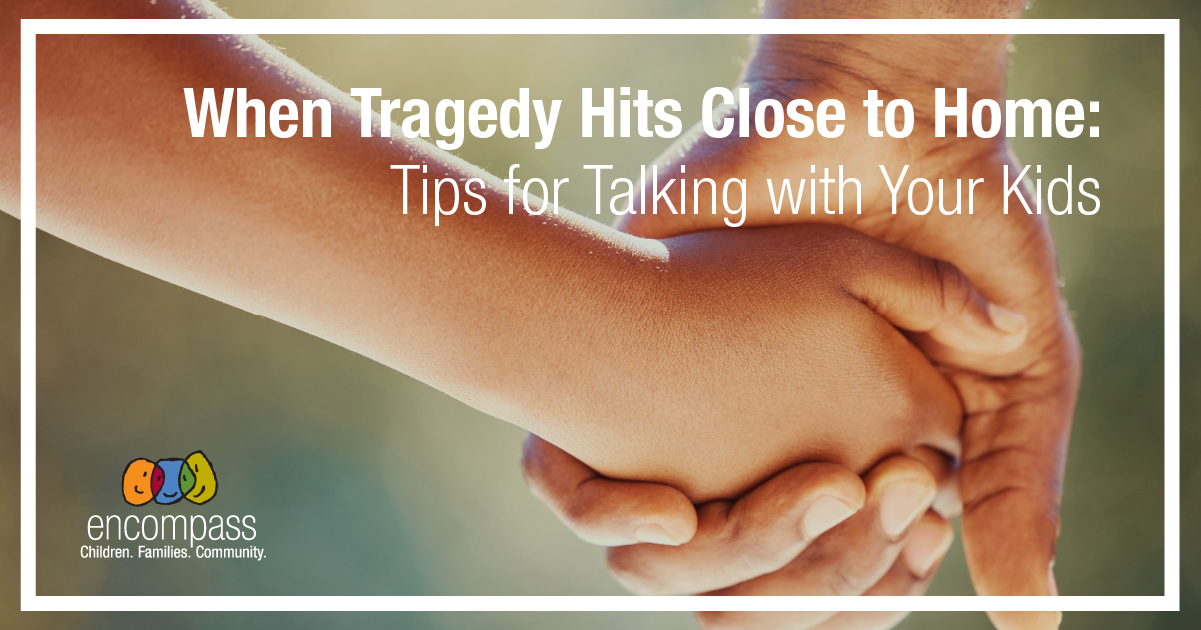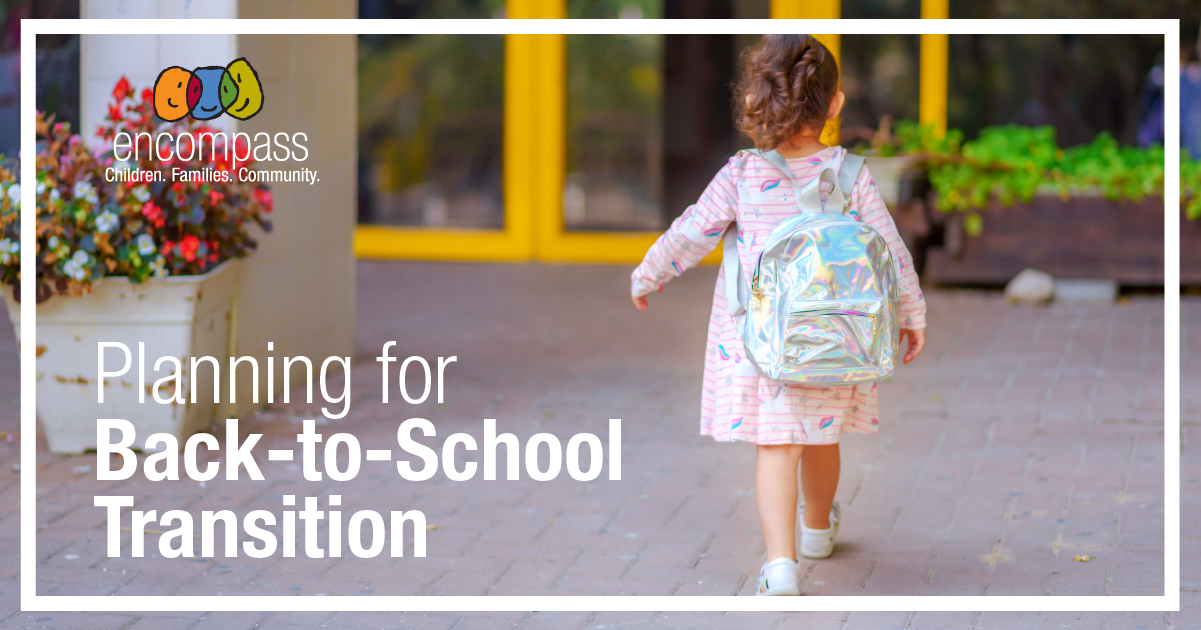The Crawling Debate: A Critical Milestone or Not?
The Crawling Debate: A critical milestone or not?
 “When will my baby crawl?” is a question both doctors and occupational or physical therapists commonly hear from parents. However, the answer to the question may differ depending on who is asked. Many pediatricians will tell parents that skipping crawling is okay, and that some babies just don’t crawl and instead move straight to walking. Most developmental therapists disagree with this answer and will tell parents that a baby develops other important skills by crawling on all fours, such as hand muscle development and equilibrium reactions to name a few. What is the “right” answer? Should a parent be concerned if their baby seems to avoid being on their tummy and doesn’t seem to be able to learn crawling? Let’s start by defining the purpose of crawling.
“When will my baby crawl?” is a question both doctors and occupational or physical therapists commonly hear from parents. However, the answer to the question may differ depending on who is asked. Many pediatricians will tell parents that skipping crawling is okay, and that some babies just don’t crawl and instead move straight to walking. Most developmental therapists disagree with this answer and will tell parents that a baby develops other important skills by crawling on all fours, such as hand muscle development and equilibrium reactions to name a few. What is the “right” answer? Should a parent be concerned if their baby seems to avoid being on their tummy and doesn’t seem to be able to learn crawling? Let’s start by defining the purpose of crawling.
Human beings are bipedal. This means they use two legs for walking. Before walking happens, anytime between 6 and 11 months, babies typically crawl on their hands and knees. There are other ways babies may crawl, such as on their belly like an army crawl, or even with both knees off the floor like a bear crawl! The function of learning to crawl is for babies to explore their surroundings. When sitting up, a baby looks around and becomes interested in reaching distant objects and people. His or her world becomes larger in scope and moving from one place to another becomes important. Some babies use a previously learned skill such as rolling to move from place to place. Any way that works for them to explore and satisfy their curiosity, they will do!
Interestingly, new research that is now available in a documentary on Netflix, called “Babies”, tells us that babies have the fundamental wiring to crawl at birth. Just days after birth, babies can push their legs and arms against a surface and move forward. They can also be put into water and their arms and legs move reciprocally, alternating as with crawling. But after this early period, babies stop this skill and don’t perform these movements again until months later. A lot of growth and change takes place over the next six to ten months. Skills such as rolling over, lifting the head and chest when on the tummy, and grabbing both feet while on the back, all happen during this time. All these movements strengthen muscles on both sides of the body, which enables a baby to develop the skill of sitting and reaching for a toy without losing their balance. Vision is also developing from near sight to being able to see objects and people at a distance. If all these skills build on previous skills, does crawling also build skills that benefit the baby later? Let’s find out!
Occupational therapists and physical therapists have long studied and observed the many benefits of crawling. They work with hundreds of babies and young children and take a thorough developmental history to learn whether each child crawled and at what age. Several important skills have been discovered that seem to have a direct link to crawling.
For the body: Joint stability and postural control appear to develop as a result of crawling on all fours. Basically, babies gain more variety in moving which helps them play and move in ways that contribute to smooth and controlled transitional movements past the crawling stage. They also develop bilateral coordination which is a skill that results from both sides of the brain communicating to both sides of the body to work together. Skills such as clapping, getting dressed, and holding a piece of paper while coloring are such milestones.
For Fine Motor (hand development): Crawling on the hands contributes to lengthening finger muscles, development of hand arches, and separating the two sides of the hand. Notice that the thumb side of the hand is used for skills while the pinky side of the hand is used for stabilizing. Look at your hand when you write!
For sensory systems: The visual system continues to be refined during crawling. As a baby crawls, they scan their environment which is when their eyes coordinate for tracking left to right and back again. One study even showed that crawlers scored better on visual perceptual tests later in childhood than non-crawlers. These visual perceptual skills aid children in further developing the ability to write, dress themselves, and feed themselves. A baby also learns how to problem solve visually, such as how to move around an obstacle, or when to be cautious if they need to avoid falling off the end of a surface such as stairs or the bed.
While parents shouldn’t panic if their baby doesn’t seem to be crawling on time or at all, there is support available for parents. They may want to reach out to have their baby evaluated by a developmental program, such as Early Supports for Infants and Toddlers. Through a comprehensive evaluation, all areas of the child’s development will be assessed. Parents can learn if their child has delays in any area of development and if therapy can help. Recommendations will be made to investigate the underlying cause of the delay as well as to start therapy services. Providers will offer parent coaching with strategies given through exercises and activities that caregivers can do with their child.














